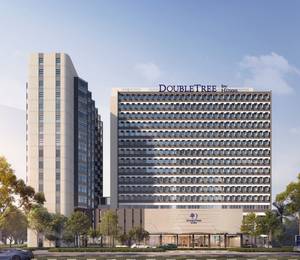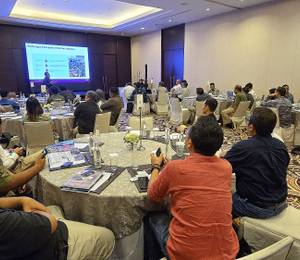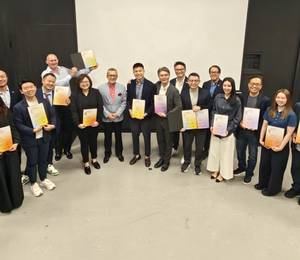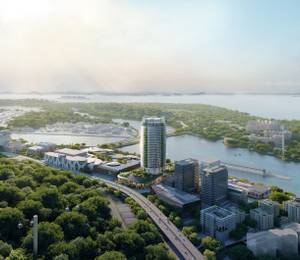Amsterdam, The Netherlands – China has undergone an unprecedented urbanisation process, from being a predominant rural society to having an estimated one billion Chinese living in cities in 2050. In this transformation so far, urban migration has left hundreds of thousands of villages abandoned. Many of these have dozens of generations of social, cultural and monumental value but are currently lacking major future significance.
To address this challenge, NEXT architects, together with IVEM (Dutch Institute for heritage and marketing), Smartland (landscape design), Total Design (graphic design) and numerous artists were asked by the Government of Jinxi, Jiangxi Province to develop a strategy for one of its 102 abandoned villages, Dafang. NEXT architects was responsible for the masterplan, architecture and interior.
“Rural revitalization is one of China’s key future developments. We believe this asks for the design of balance between old and new, living and visiting, history and future,” said John van de Water, partner NEXT architects Beijing.
Interventions are designed on three levels. Firstly, urban space, architecture and landscape are restored where possible, with new materials, creating a dialogue between old and new elements. For example: glass roof tiles are used to restore the roofs of the old houses and the ancient irrigation system has been restored adding elements such as a natural helophyte filter to clean the water.
Secondly, a watchtower and public hall have been added: new building structures that take cues from on-site precedents. In the centre of the village, a new public hall is realised. The hall is built on the former site of a courtyard building that was destroyed during the cultural revolution.
Thirdly, there is the programming of the spaces through art and activity. A new village museum, a library and artist studios are amongst the new functions that bring new life and creativity to the village. Artist are allowed to react on the village structures: to add, change, and transform its context. The floor of the public hall has for example been painted in a Mondrian-like pattern by a Chinese artist. Dutch artist Herman Lamers has installed an airplane in an old house, called ‘The Dream’.












